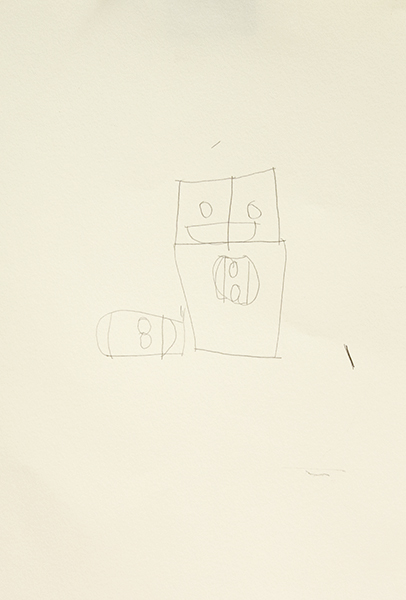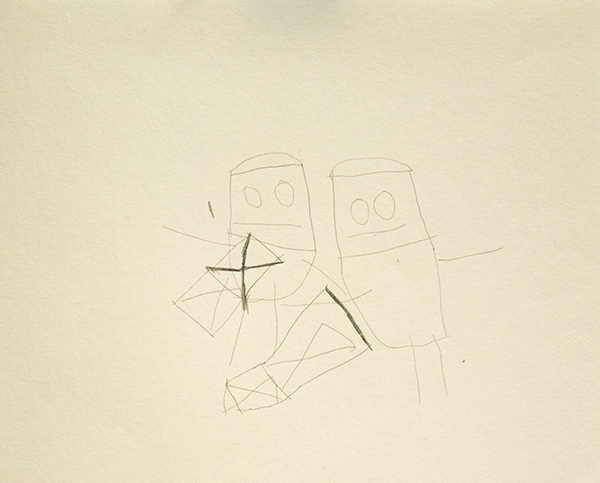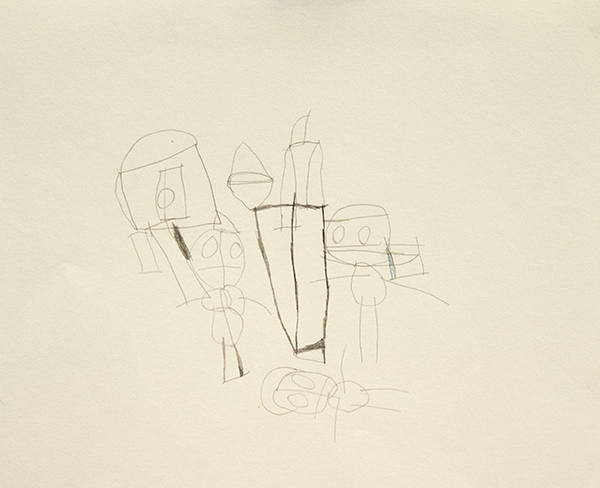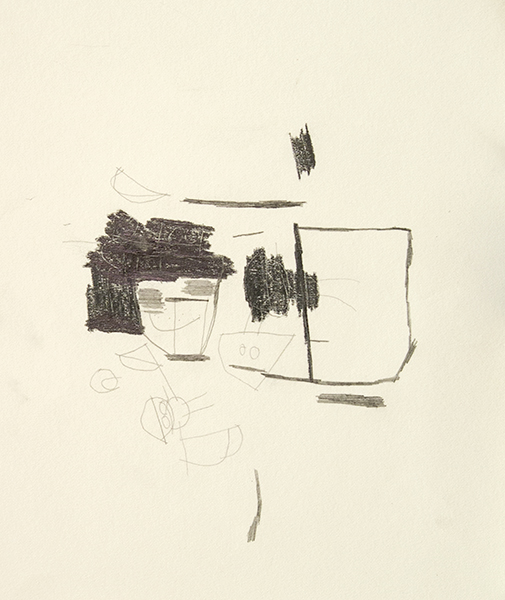Untitled, glazed ceramic
Untitled, glazed ceramic, 14" x 7" x 7", 2013
Untitled, glazed ceramic, 17" x 11" x 11", 2015
Untitled, glazed ceramic, 15" x 8" x 5", 2014
all images courtesy NIAD
Sylvia Fragoso’s methodically hand-built sculptures are crafted with a deceptive indelicacy and thick layering of glazes - small monuments in which form is defined by seeking rather than devising. Much like the ceramic work of Sterling Ruby or Julia Haft Candell, Fragoso reaches a compromise between concept and process. Where opportunities arise, she inserts symbolism that declares an identity for the work; subjects common in her drawings such as church and family are translated into physical form in a manner analogous to the way that her method of building with clusters of shapes on paper translates to her process of building with clay. References to function or representation are ultimately denied in favor of material manipulation and aesthetic - a revelation of the joy of making.
In a recent Art In America article The Happy Medium, Leah Ollman discusses the re-emergence of ceramics in the contemporary art discourse (especially in L.A.):
A new shift, roughly a decade old, has been catalyzed not by a single or even a few strong personalities, but by a broader redefinition and realignment of creative practice. Increasingly post-disciplinary, artists roam freely among mediums, unencumbered by traditional boundaries and hierarchical divisions. Many show a renewed interest in work of the hand, which they see as an antidote to theory- and concept-driven art. A messy physicality is often their (defiant) answer to the disembodied digital; theirs is a rising constituency for authenticity which advocates the material over the virtual.
This shift has extended to progressive art studios as well; in addition to Fragoso, other self-taught artists creating exceptional ceramic work are Mirov Menefee of The Canvas in Juneau, Alan Constable and Chris Mason of Arts Project Australia in Victoria, Cameron Morgan of Project Ability in Glasgow, Tanisha Warren at Creative Growth in Oakland, and Billy White, also of NIAD.
Fragoso (b. 1962) has exhibited recently in Hold Onto Your Structure : The Ceramics of Sylvia Fragoso at NIAD Art Center (2016), Telling It Slant organized by Courtney Eldridge at the Richmond Art Center (2015), Visions et Créations Dissidents at Musée de la Création Franche in Bégles, France (2014), ArtPad SF at the Phoenix Hotel in San Francisco (2013), and extensively in group exhibitions at NIAD, where she has maintained studio practice for many years.
Untitled, graphite on paper, 24" x 18"





